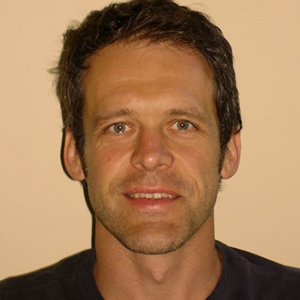
Pieter Vanden Berghe
Pieter Vanden Berghe studied bio-engineering and obtained his PhD in 2000 at the University of Leuven. After postdoc stays abroad (see below) he became an independent PI and is now in charge of the Laboratory of Enteric NeuroScience (LENS), which is part of the Translational Research Center for Gastrointestinal Disorders (TARGID). LENS mainly focuses on basic research questions in enteric neurobiology using different microscopic imaging techniques. This optical approach was originally developed and applied (Ca2+ imaging) during my PhD project to overcome the limitation of electrode recordings which were limited in their spatial resolution. The portfolio of imaging techniques was further expanded (mitochondrial imaging – synaptic imaging) during postdoctoral fellowships abroad. During my postdoctoral leaves, I worked for 2 years at the department of physiology and cell biology in Reno, Nevada (USA) in the laboratory of Dr. Terence Smith. Later I moved to the Max-Planck institute for Biophysics in Göttingen (Dr. E. Neher) to be trained in techniques like TIRF and 2-photon imaging. All of these techniques are now operational and have become crucial and essential tools to investigate the function of enteric neurons both in culture and in tissue preparations. We recently developed a technique to record neuronal activity in small routine biopsies taken from the intestinal wall. This technique makes it possible to investigate human neuronal activity using live recordings. P. Vanden Berghe's lab also houses the Cell and Tissue Imaging Cluster (CIC) that offers microscopy advise and measurement time on 10 different live imaging setups (ranging from wide-field to high-end confocal and multiphoton microscopes). Together with the imaging network of VIB-CME the CIC manages microscopy in the Biomedical Sciences Group of KU Leuven. Our group is also developing and adapting specialized software routines to analyze spatial and temporal changes in image stacks.